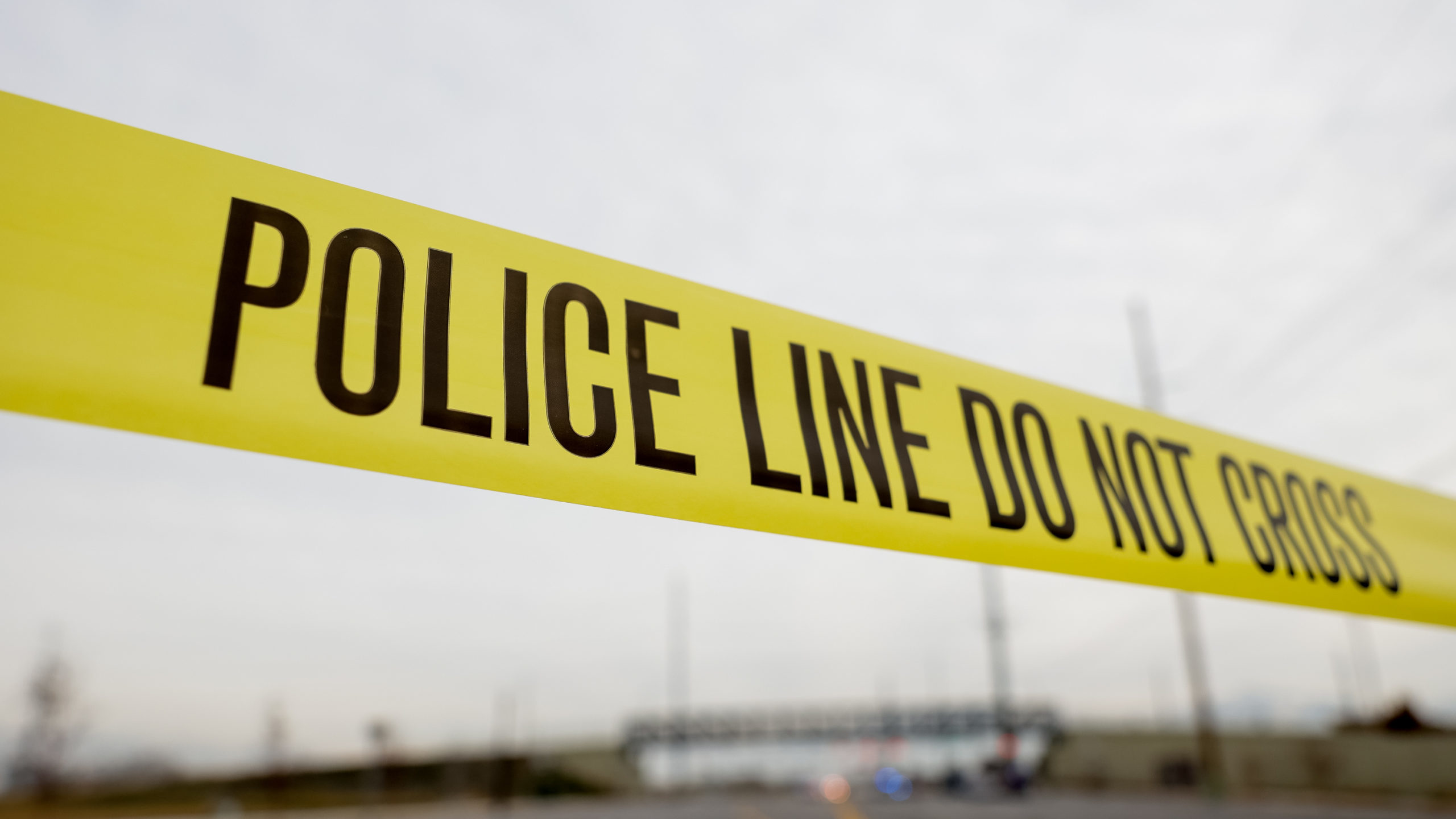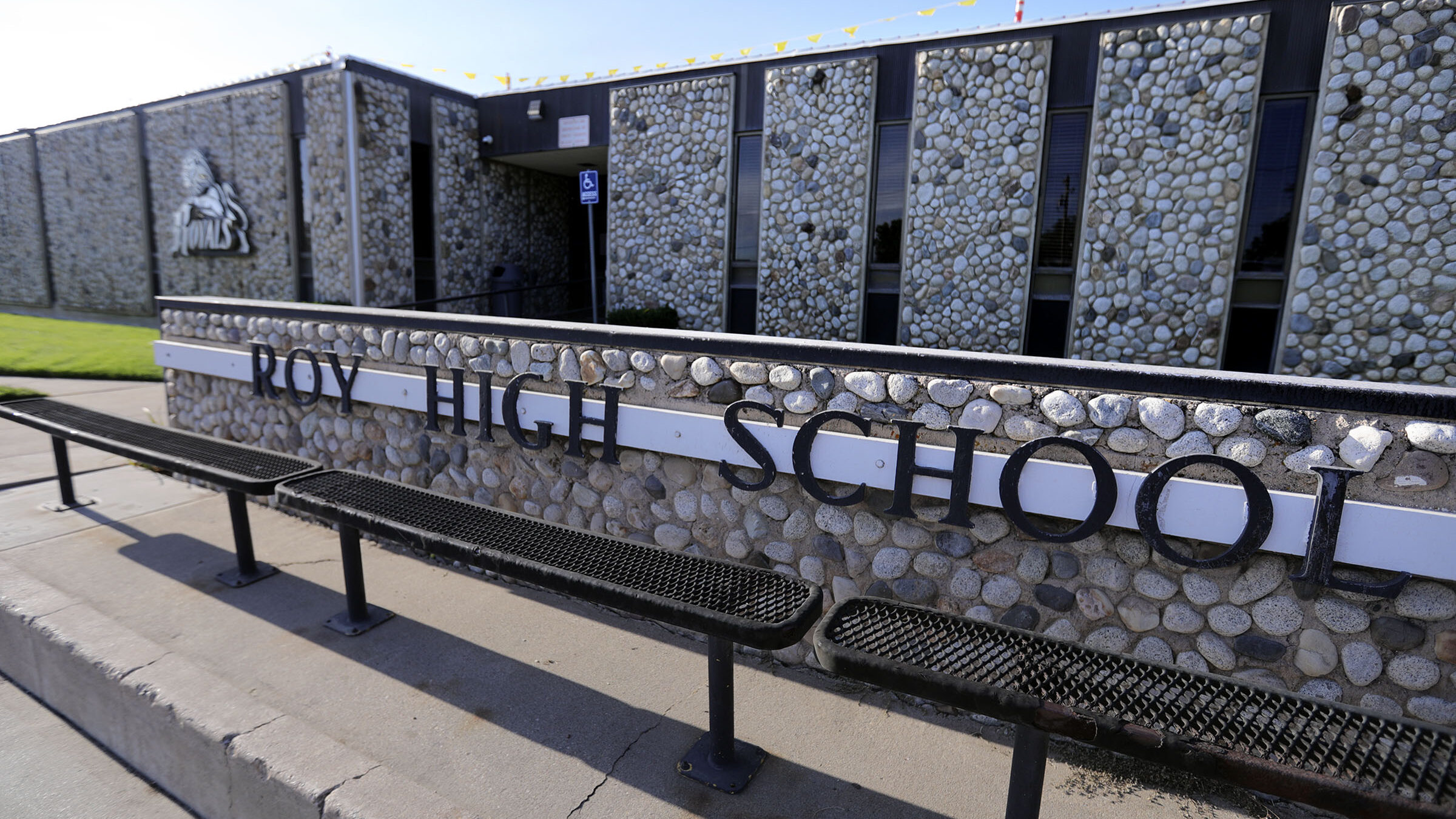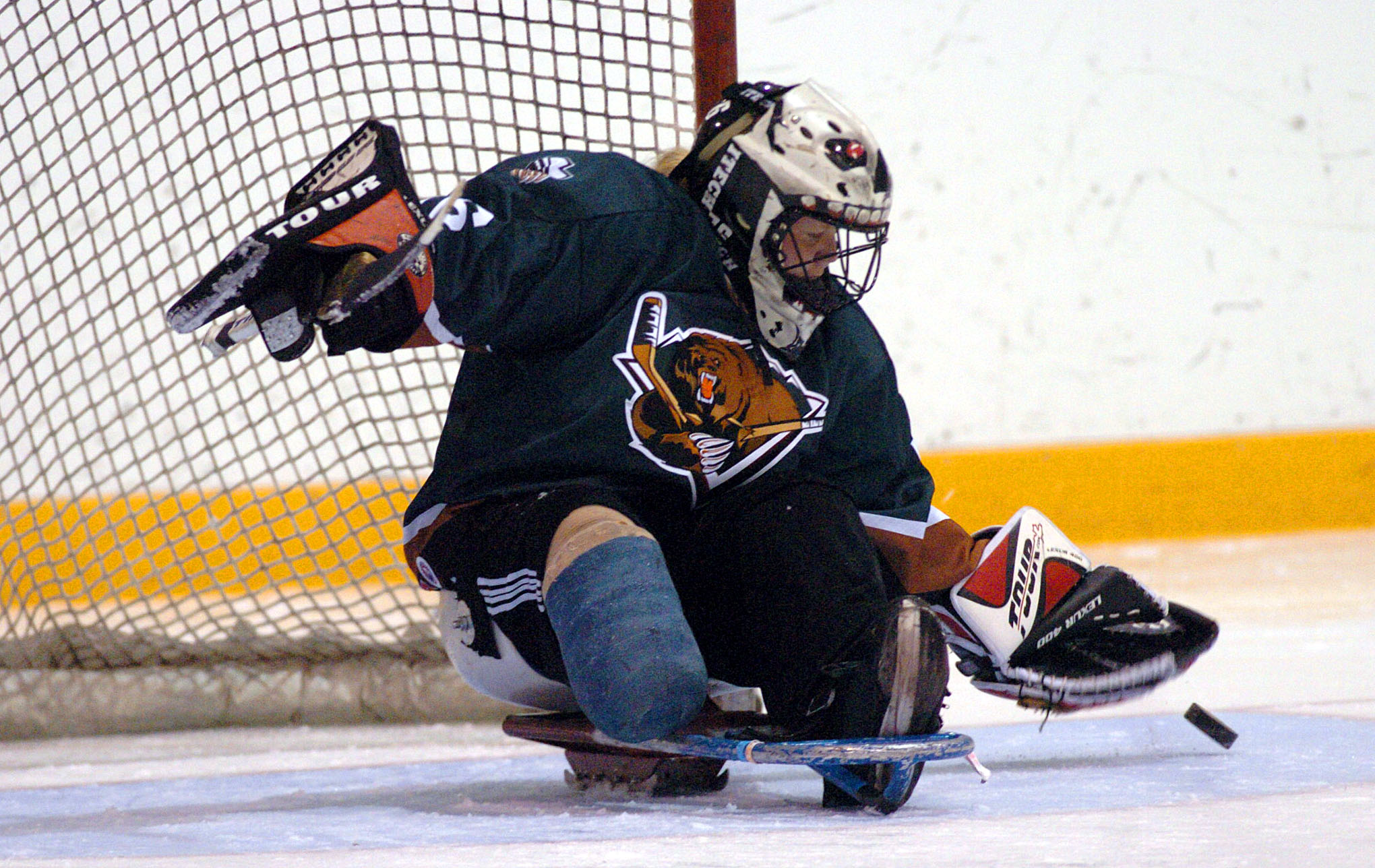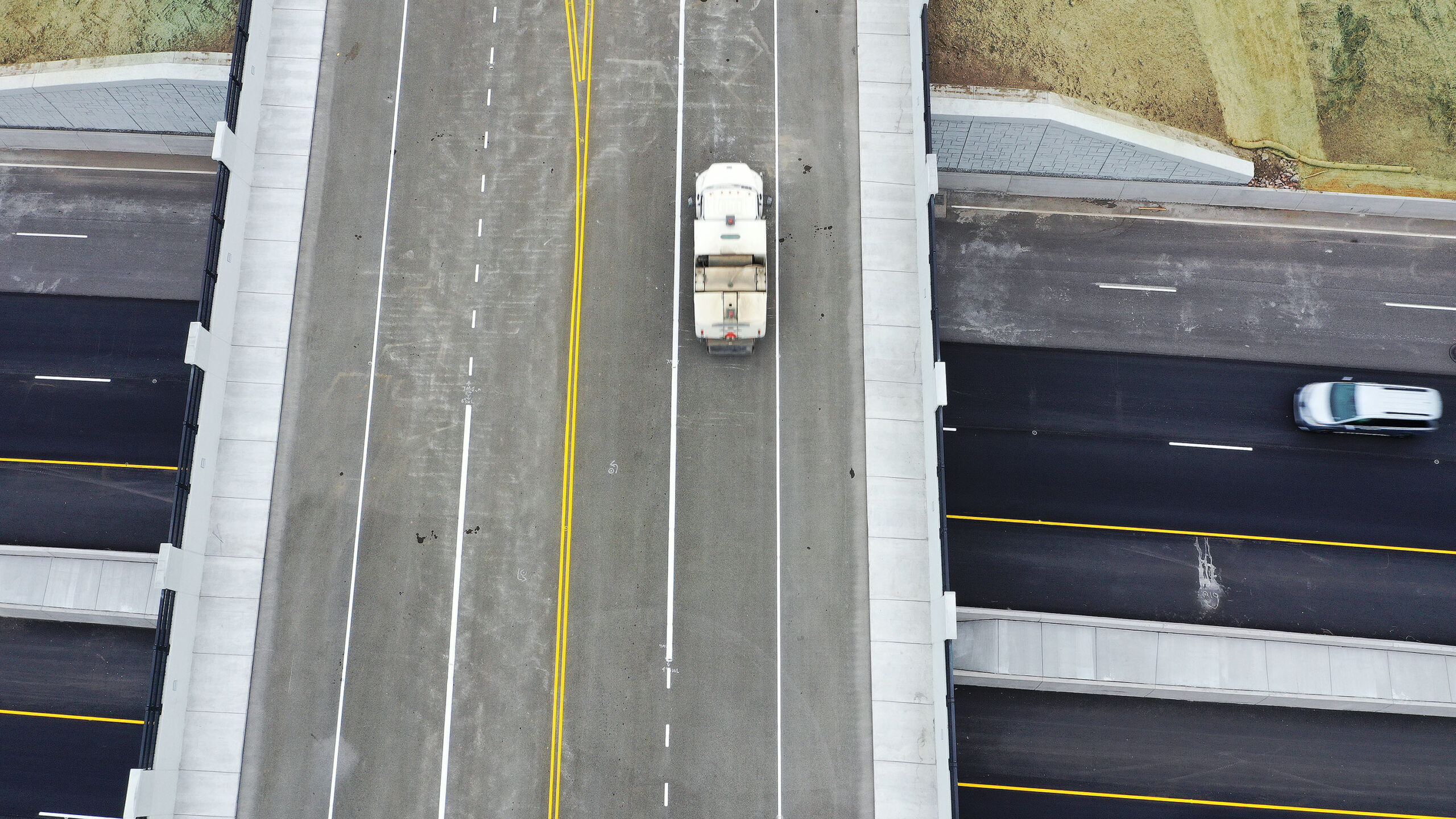Water carved New Zealand’s stunning landscape. Now too much is risking lives
Feb 16, 2023, 5:00 AM
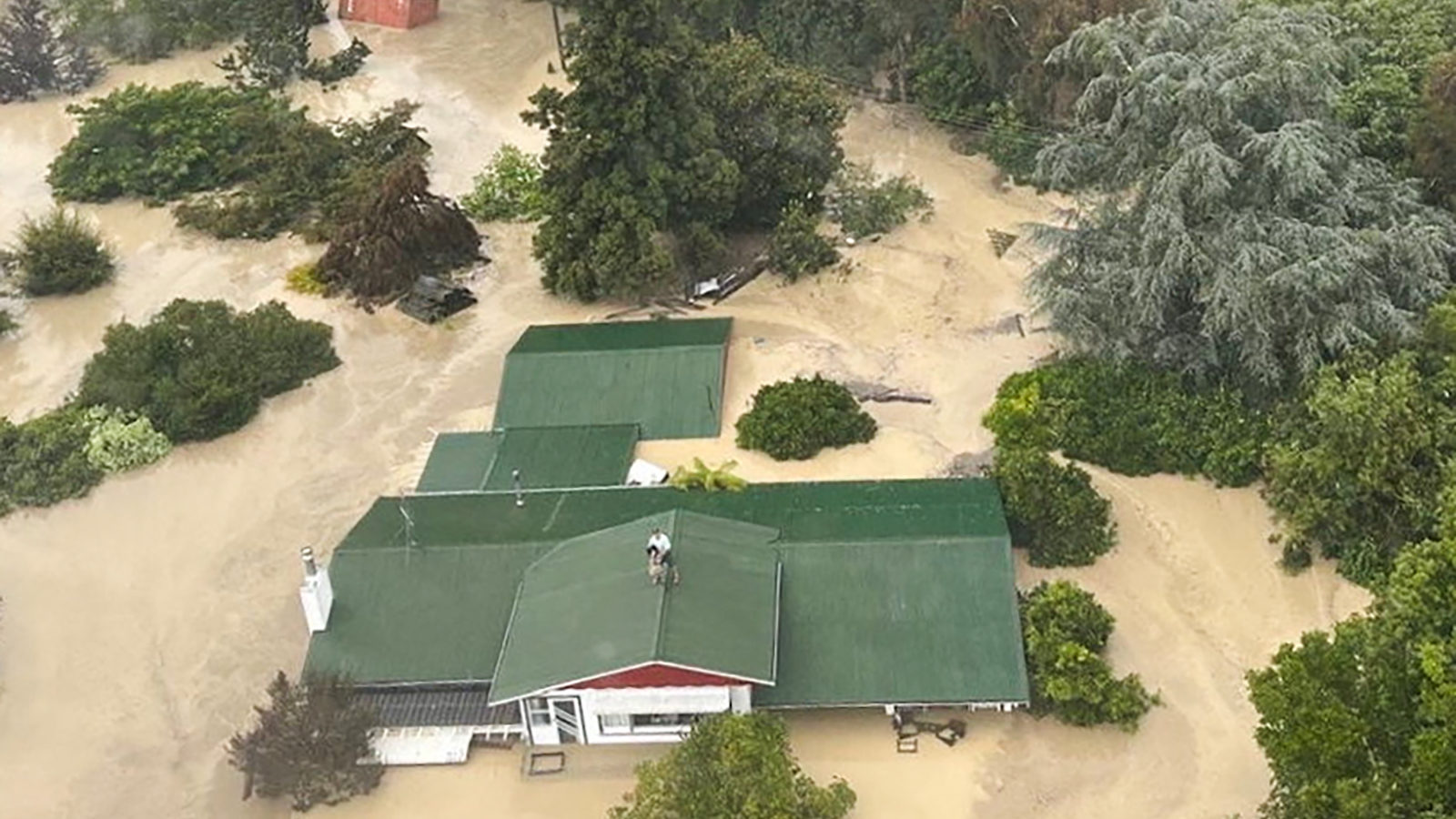
An NH90 helicopter and crew recover people from the rooftops of their homes in Esk Valley, Napier in this handout photo released on February 14, 2023. New Zealand Defence Force/Handout via REUTERS THIS IMAGE HAS BEEN SUPPLIED BY A THIRD PARTY. NO RESALES. NO ARCHIVES. THIS PICTURE WAS PROCESSED BY REUTERS TO ENHANCE QUALITY. AN UNPROCESSED VERSION OF THE PHOTO HAS BEEN PROVIDED SEPARATELY.
(CNN) — New Zealand’s Hawke’s Bay is known for its fine wine, but many of the region’s vineyards are now under water, along with homes and roads in the aftermath of Cyclone Gabrielle.
The weather system didn’t make landfall in New Zealand, but it caused widespread destruction, killing at least four people, displacing thousands, destroying roads and cutting access to smaller communities in the country’s northeast.
Prime Minister Chris Hipkins flew over the flood-hit areas on Thursday and said the “extensive” damage had made it clear the country was unprepared for extreme weather events — and there is a lot of work to be done.
“We’re talking about roading, we’re talking about telecommunications, we’re talking about electricity and energy. There’s no question, we’ve got some big challenges ahead,” he said, while visiting the flood-ravaged city of Gisborne.
“We are going to see more of these types of weather events. So we have to be prepared.”
Hipkins didn’t mention the climate crisis by name, but his climate change minister James Shaw made the link clear in an emotional address to parliament two days earlier.
“I don’t think I’ve ever felt as sad or as angry about the lost decades that we spent bickering and arguing about whether climate change was real or not,” Shaw said on Tuesday. “It is clearly here now, and if we do not act it will get worse.”
What’s made this week’s devastation so shocking is that it came just two weeks after a short, sharp deluge in Auckland, the country’s largest city of 1.7 million people.
That downpour caused flash flooding and landslides, and contributed to New Zealand’s wettest month on record — all during what’s typically one of the driest months of the year.
River cities increasingly vulnerable
New Zealand owes its stunning landscape partly to the country’s long record of intense rainfall. Rain regularly dumped on its mountains has carved rivers that rage after downpours.
Many towns and cities sit on their banks — established to take advantage of access to ports and trade routes, which for a long time has served communities well.
“New Zealand is very good at building communities on floodplains — there’s a large fraction of the population that live close to rivers that tend to flood,” said James Renwick, a weather and climate researcher at Victoria University of Wellington. “There tends to be the attitude that we can build stop banks and that will protect the community, and it does most of the time, until you get a really big event.”
Those really big events are expected to become more frequent as global temperatures warm. New Zealand lies in the South Pacific Ocean, and is vulnerable to tropical cyclones that typically form in the north but can affect any part of the country in their path. This week, the northeast suffered the biggest hit as Cyclone Gabrielle whipped up winds and days of rain.
La Niña, a weather event that results in warmer air and sea temperatures, also contributed to Gabrielle’s strength.
Sam Dean, principal scientist at the National Institute of Water and Atmospheric Research or NIWA, said climate change is not necessarily going to increase the frequency of tropical cyclones, but it will make them more powerful.
“They’re occurring over sea surface temperatures that are warmer than they were. The atmosphere is warmer and it’s holding more moisture, so there’s just more fuel, more energy available that makes them more intense, it makes them more damaging,” he said. “It makes the winds a little bit stronger. It makes the rainfall more significant.”
And cyclones like Gabrielle can form and move around just about any part of the country, he said, so the risk isn’t just in one part of the nation. “I don’t think there’s any part of New Zealand that isn’t at risk of extreme rainfall,” he said.
But heavy rainfall isn’t the only risk posed by climate change in New Zealand, long considered a safe haven by those seeking refuge from global troubles.
Parts of the country have experienced drought in recent years, and even a few years ago, Auckland — the city hit by a short bout of intense rainfall in January — was close to running out of water.
“The whole area is usually very dry and very close to drought this time of year. Now it’s soaking wet,” said Daithi Stone, a climate scientist at NIWA. “But that risk of drought hasn’t gone away, (and) in our predictions of how climate change is going to affect New Zealand, that’s a feature that seems to be fairly robust — that Northland (north of Auckland) will get drier.”
Heat waves could also become a risk in a country that’s not accustomed to unbearably hot temperatures, Stone added.
“We’re not used to heat waves … over here, it’s a novel concept. And I think we may get a fright sometime in the not too distant future,” he said.
Reducing emissions
With just 5 million people, New Zealand is a small player when it comes to global carbon emissions.
Last year, it produced 78.8 million metric tons of carbon dioxide equivalent — well below the biggest emitters, China and the United States. But the New Zealand government takes climate change seriously, and last year released its first emissions reductions plan to meet a goal of net zero emissions by 2050. It also released a national adaptation plan to mitigate climate disasters in the future.
Dean, from NIWA, said Cyclone Gabrielle was likely to prompt an acceleration of that plan. “You can see an urgency to get some of these things in place and I think that’s been motivated, definitely, by this event,” he said.
Renwick, from Victoria University, said an obvious solution would be to move people away from coastlines and rivers that are at risk of more frequent flooding. But he said communities with long ties to the area will likely be reluctant to leave, and he predicted a greater emphasis on protection than relocation.
“I suspect the main response is going to be protection works rather than moving people away. So building sea walls, building levees, stop banks, putting houses up on higher piles,” he said.
But aside from adapting, as a small country, New Zealand is reliant on the biggest emitters doing more to prevent global temperatures rising more than 1.5 degrees Celsius — the threshold scientists say is needed to prevent the more catastrophic effects of the climate crisis. The world is already at least 1.1 degrees Celsius warmer than it was before industrialization.
“What we need to see is China and the US, Australia, Canada, Brazil and the big emitters starting to pull their emissions down as well, and I hope we can provide a bit of inspiration, a bit of an example in this country to help other countries do the same,” Renwick said.
“We really want to stop warming the climate more because these extreme events will become overwhelming.”


